Although the Sun - the star at the heart of our Solar System - outshines everything else, its very brightness defies attempts to better understand it.
Its light blinds any who look at it, while its heat scorches craft that venture too close.
Despite this, specialised observatories have allowed solar astronomers to look on from afar over the years.
But there are two telescopes currently giving astronomers an up-close view of the Sun.
On 26 March 2022 the European Space Agency’s Solar Orbiter probe sailed past the Sun on its closest approach yet, coming within a third of the Earth-Sun distance to our star.
And in 2021 its observing cousin, NASA’s Parker Solar Probe, passed so near to the Sun that it flew through the outer layers of its atmosphere, sniffing out the pristine particles near the solar surface.
But despite the pair being closer to the Sun than any other mission, they are looking at the star in two very different ways.
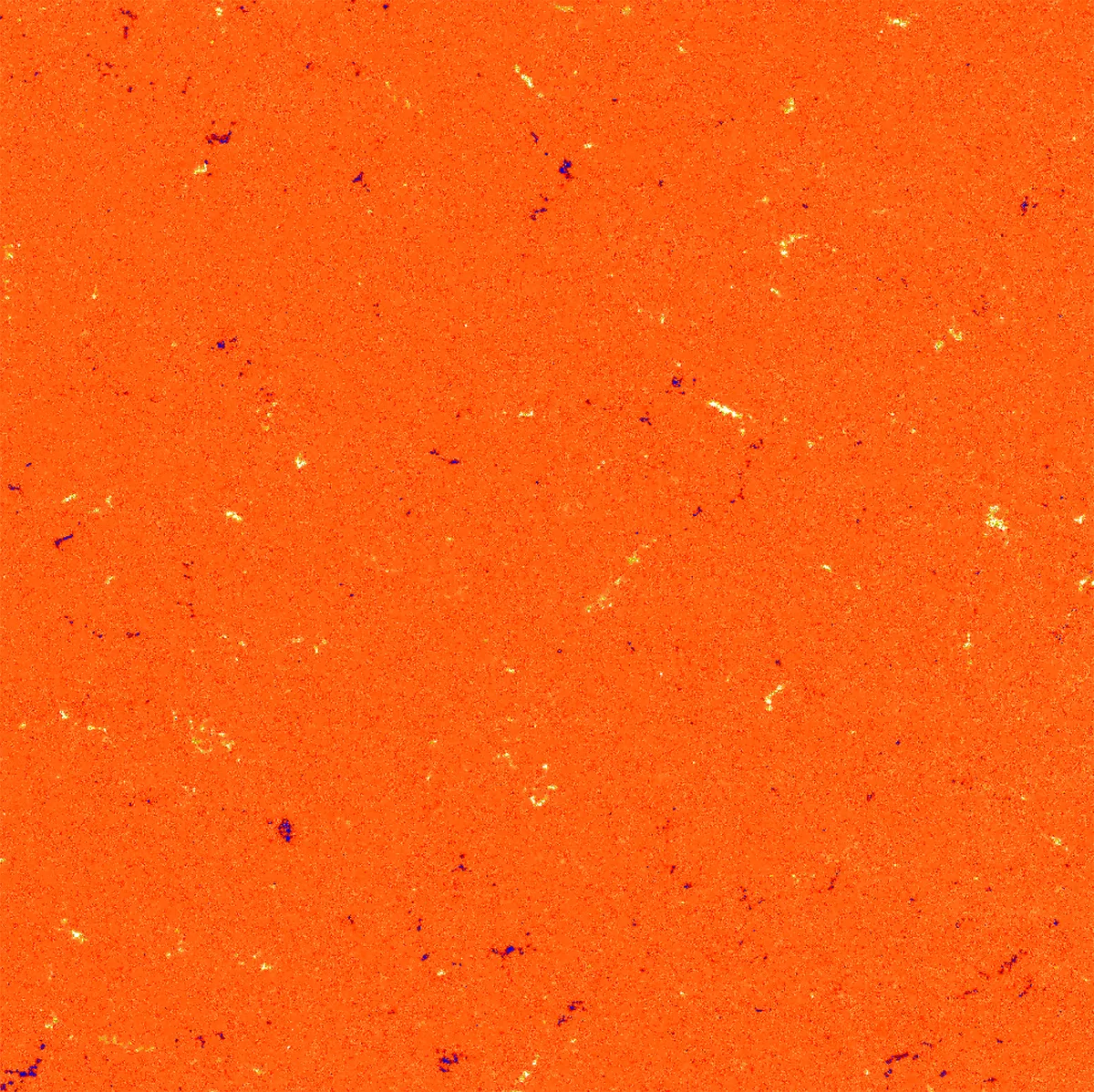
Solar Orbiter vs Parker Solar Probe
How do Solar Orbiter and Parker Solar Probe compare? What are their major differences?
Parker Solar Probe
- Closest pass to the Sun: 6.2 million km
- Launch date: 12 August 2018
- Mass: 685kg
- In situ instruments: 3
- Remote instruments: 1
- Science goals: Investigate the Sun’s corona and solar wind
- Temperature: Heat shield can withstand direct heat of 2,500ºC
- Orbit: Highly eccentric orbit which takes it out to the orbit of Venus between perihelions
Solar Orbiter
- Closest pass to the Sun: 42 million km
- Launch date: 10 February 2020
- Mass: 1,800kg
- In situ instruments: 4
- Remote instruments: 6
- Science goals: Investigate solar polar regions and sunspot cycle
- Temperature: 500ºC
- Orbit: With gravitational assists from Venus, the probe will rise up 33º above plane of the Solar System
Solar Orbiter
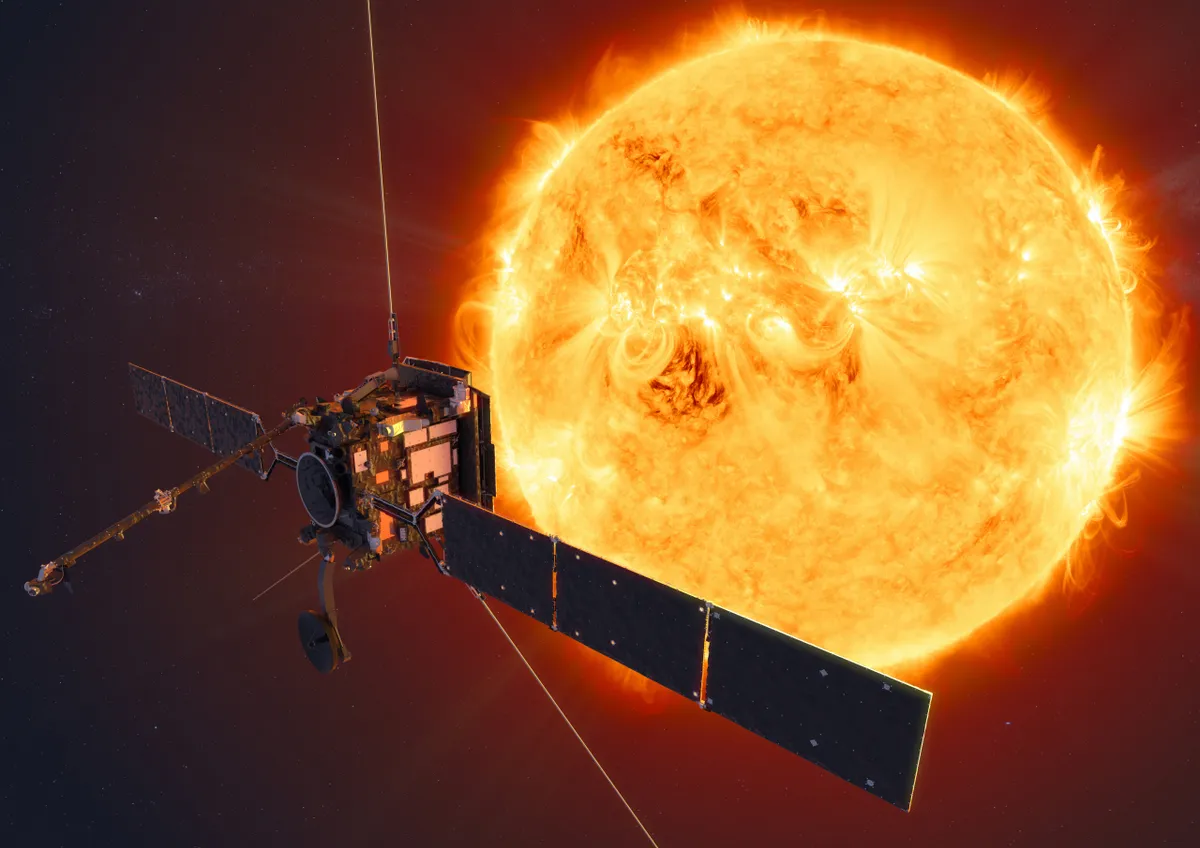
"Solar Orbiter is a mission to explore the Sun and the surrounding heliosphere – the big plasma bubble that the solar wind blows into the interstellar medium," says Daniel Müller, project scientist for Solar Orbiter at the European Space Agency.
"The driving rationale for Solar Orbiter is to establish the connections between what our home star does in terms of activity and how that manifests itself in the surrounding heliosphere, including the near-Earth environment.
"We combine measurements of the plasma at the location of the spacecraft with images of the Sun."
Solar Orbiter launched on 10 February 2020 and since then has been looping around our star.
It spends much of its orbit at a distance to protect itself from the searing heat, only swooping in every 5 to 6 months for a close pass known as perihelion.

Using flybys of Earth and Venus to pull its orbit close to the Sun, it now passes just 48.3 million km from our star.
Solar Orbiter has 10 scientific instruments, four of which look directly at the Sun.
On 7 March 2022, while at a distance of 75 million km, the spacecraft used them to take the closest ever image of the Sun.
It was so close the camera couldn’t fit the whole solar disc in frame, and instead had to take a mosaic of 25 images. In doing so it created a shot 10 times larger than what can be displayed on a 4K TV screen.

The other 6 instruments are in-situ experiments, measuring the environment in Solar Orbiter’s location.
One particular area the mission is paying attention to is the solar wind, sniffing out the gusts of charged particles as they stream out of the Sun.
"The solar wind is largely hydrogen and helium, but there’s a sprinkling of other elements, and it’s those that help us make the connection between the solar wind and where it came from," says Müller.
"We identify where ions like oxygen and iron are on the Sun, then sniff them in the solar wind. We combine the measurements with the pictures and connect the two, linking what is flying past the spacecraft with what erupted on the Sun a day or two earlier."
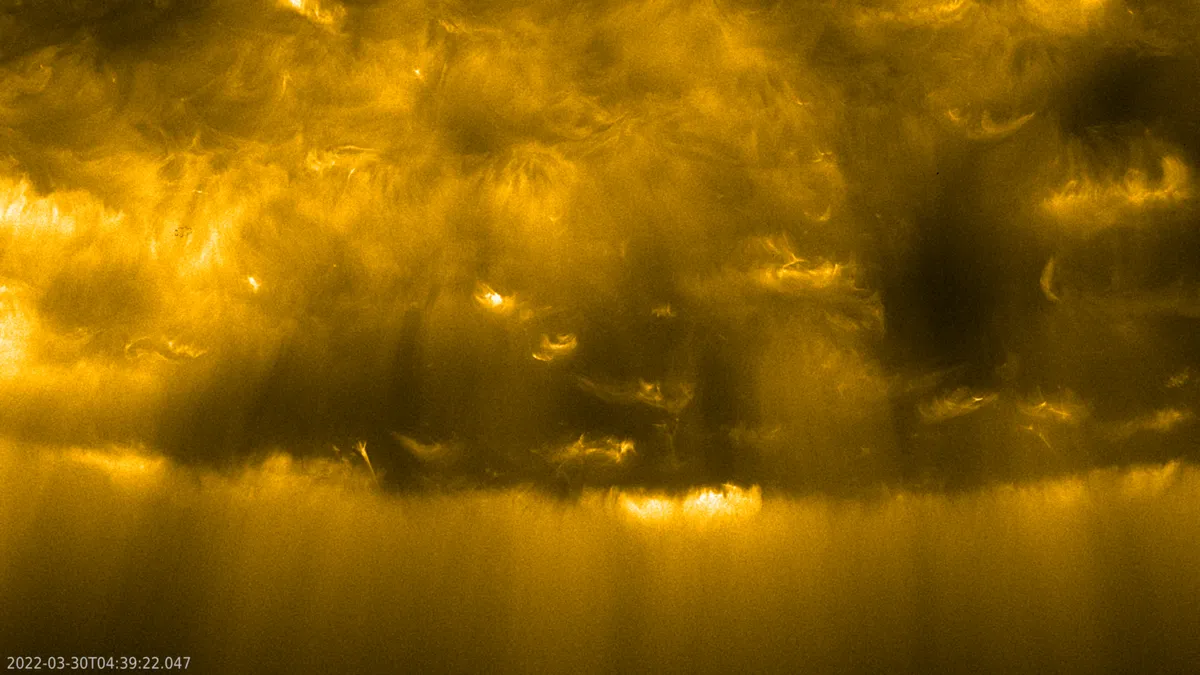
Although the spacecraft’s mission, and the time when it will be close to the Sun, are planned well in advance, during those passes it will adjust its focus to whichever area of the Sun is currently active.
"In March, we had interesting periods where there were major flares," says Müller.
"The question was, can we point to where the flares just were, as there is a high likelihood that it will flare again. Hopefully the Sun will collaborate."
Solar orbiter's views of the Sun's poles
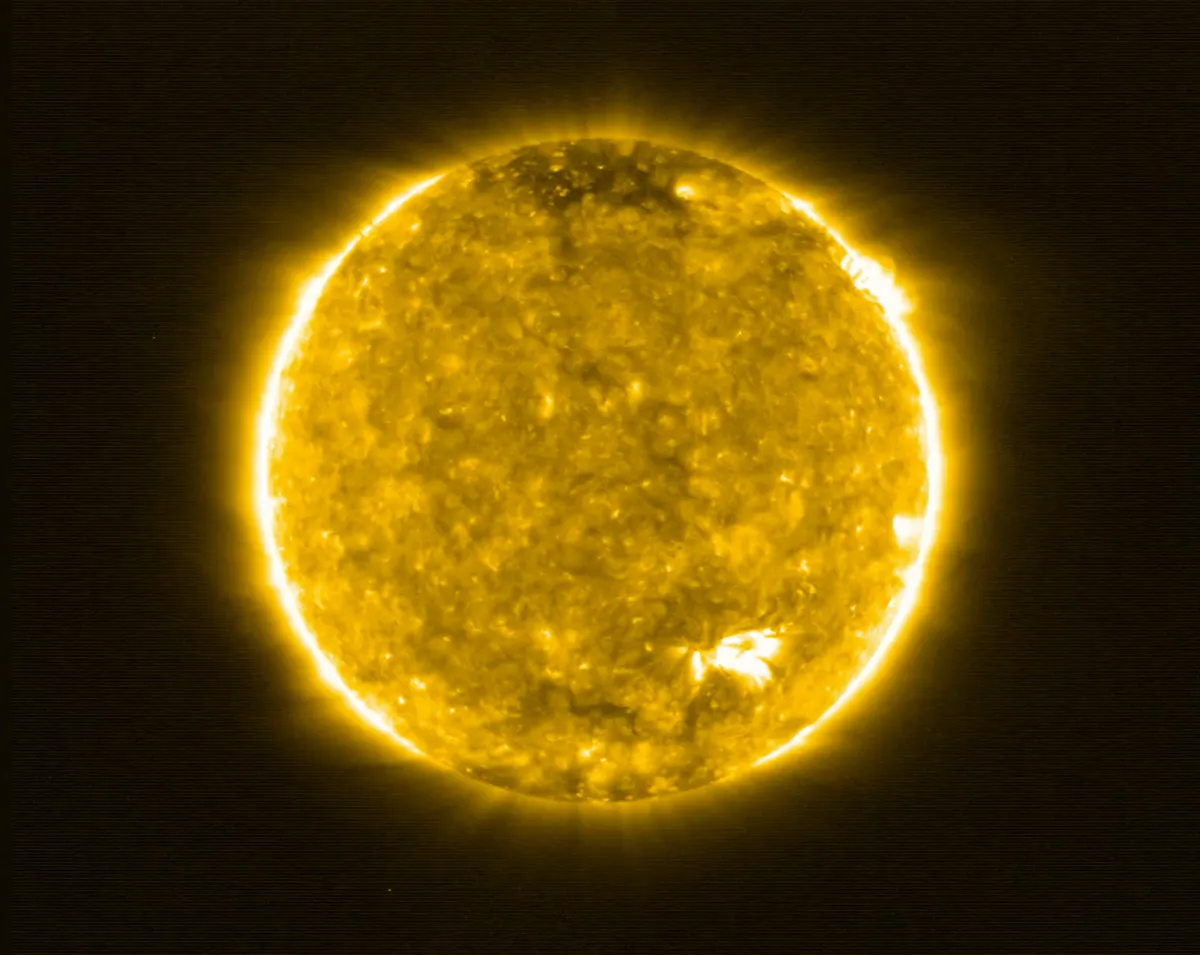
It will be a while until we find out if the Sun was working with the Solar Orbiter team, however, as the flyby generated so much data it only finished downloading in May 2022 and is still being processed.
The spacecraft will continue looping around the Sun, using further encounters with Venus to shift its orbit so that it eventually gets to within 0.28 AU (about 42 million km) of the Sun’s surface.
It won’t be resting there for long though, as the spacecraft will then enter into a new science phase as it tips its orbit out of the ecliptic, allowing it to get a clearer view of the Sun’s poles – something no other spacecraft has ever attained before.
The first polar pass is due on March 2025, at an angle of 17º to the ecliptic, but by July 2029 it should be at 33º.
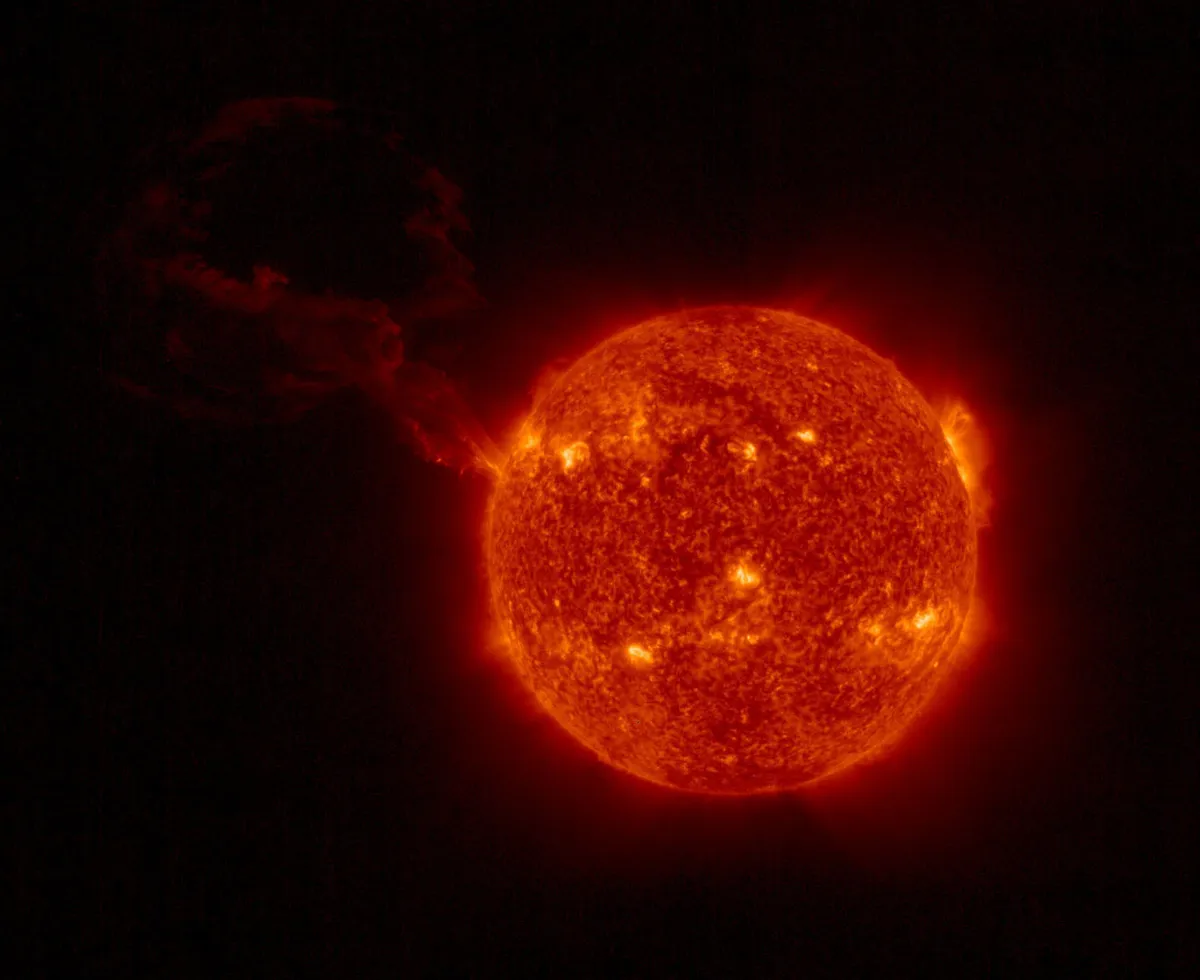
The hope is that this unique view of the Sun will give a greater insight into the solar cycle, the repeating pattern of activity in which the number of sunspots peaks and then lulls, only to peak once more 11 years after the last maximum.
Though the pattern has been recorded for over 400 years, no one knows its cause.
"It’s not clear why it has this periodicity of 11 years – other stars have different periods," says Müller.
"There are various theories, but we can only validate them by getting data from the polar regions – you need a study from high over the poles to see how the magnetic field changes and gets transported. That’s the next big milestone."
Parker Solar Probe
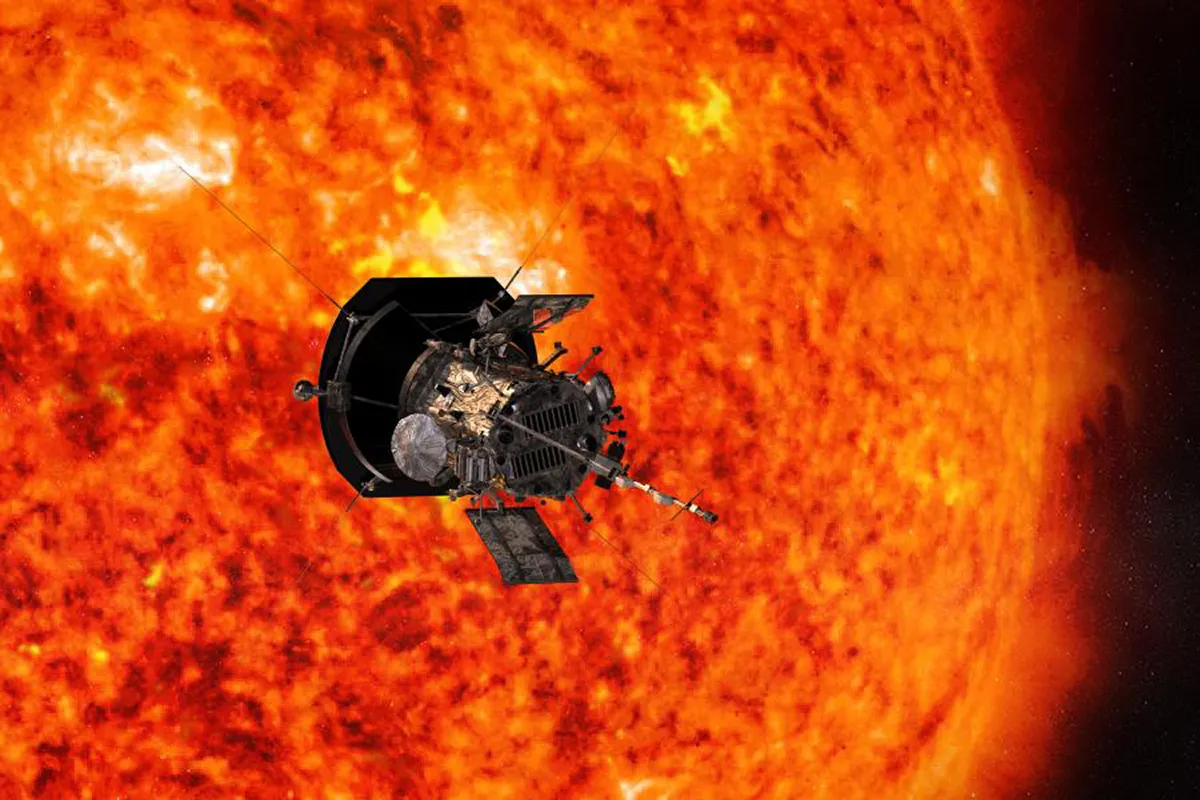
Solar Orbiter isn’t the only mission getting cosy with the Sun, however, as NASA’s Parker Solar Probe is also diving around the Sun.
And if Solar Orbiter gets close to the Sun, then Parker brushes right past it.
Just a month before Solar Orbiter’s closest approach, Parker made its 11th perihelion journey, coming just 5.3 million km from the Sun’s photosphere – the Sun’s ‘surface’ layer, which emits the light we can see.
This is so close that it actually passes through the outer layer of the Sun’s atmosphere, the corona.
"Parker essentially takes a deep breath and flies into the Sun, hopefully coming out in one piece to downlink the data," says Müller.
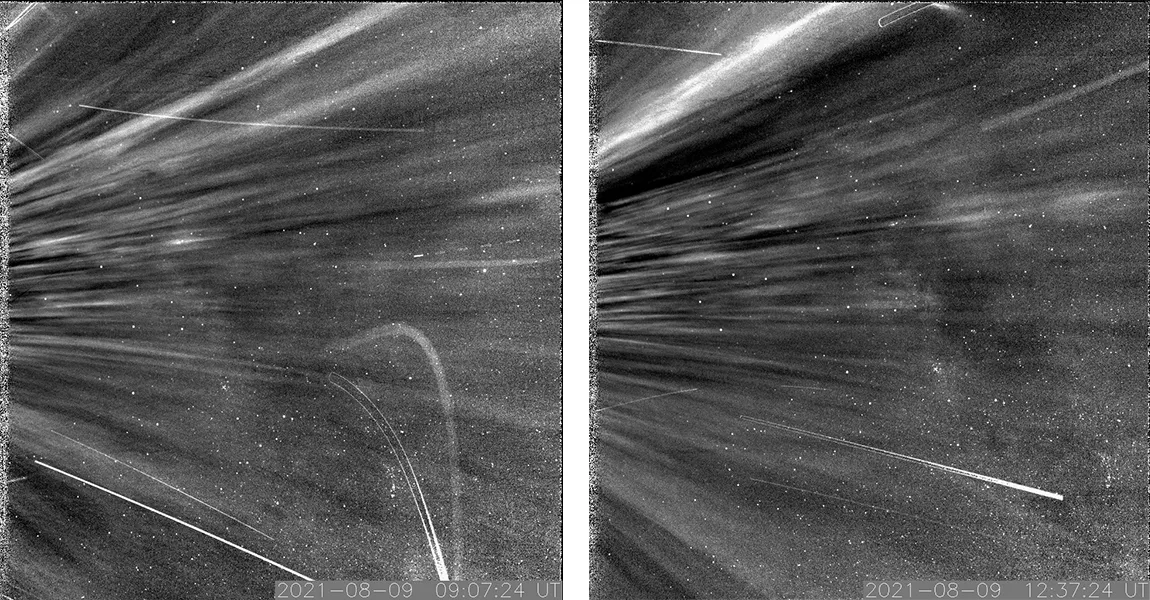
On 28 April 2021 at a distance of 18.8 solar radii (13 million km), Parker measured that it had passed the Alfvén critical surface – the point at which solar particles escape the Sun’s magnetic field and become part of the solar wind.
This was the first time Parker had ‘touched the Sun’ and entered the corona. With every pass after, Parker flies through the corona, and can measure the particles and magnetic fields closest to the Sun.
The goal of these deep dives is to understand the connection between the corona and the solar wind.
However, getting so close means Parker has to withstand the Sun’s intense heat and light.
While its carbon-composite heat shield keeps its instruments at room temperature, it can’t do anything about the brightness.
"It can’t look at the Sun directly," says Müller. "It only has a camera pointing sideways, where it can look without burning."
Imaging the solar wind
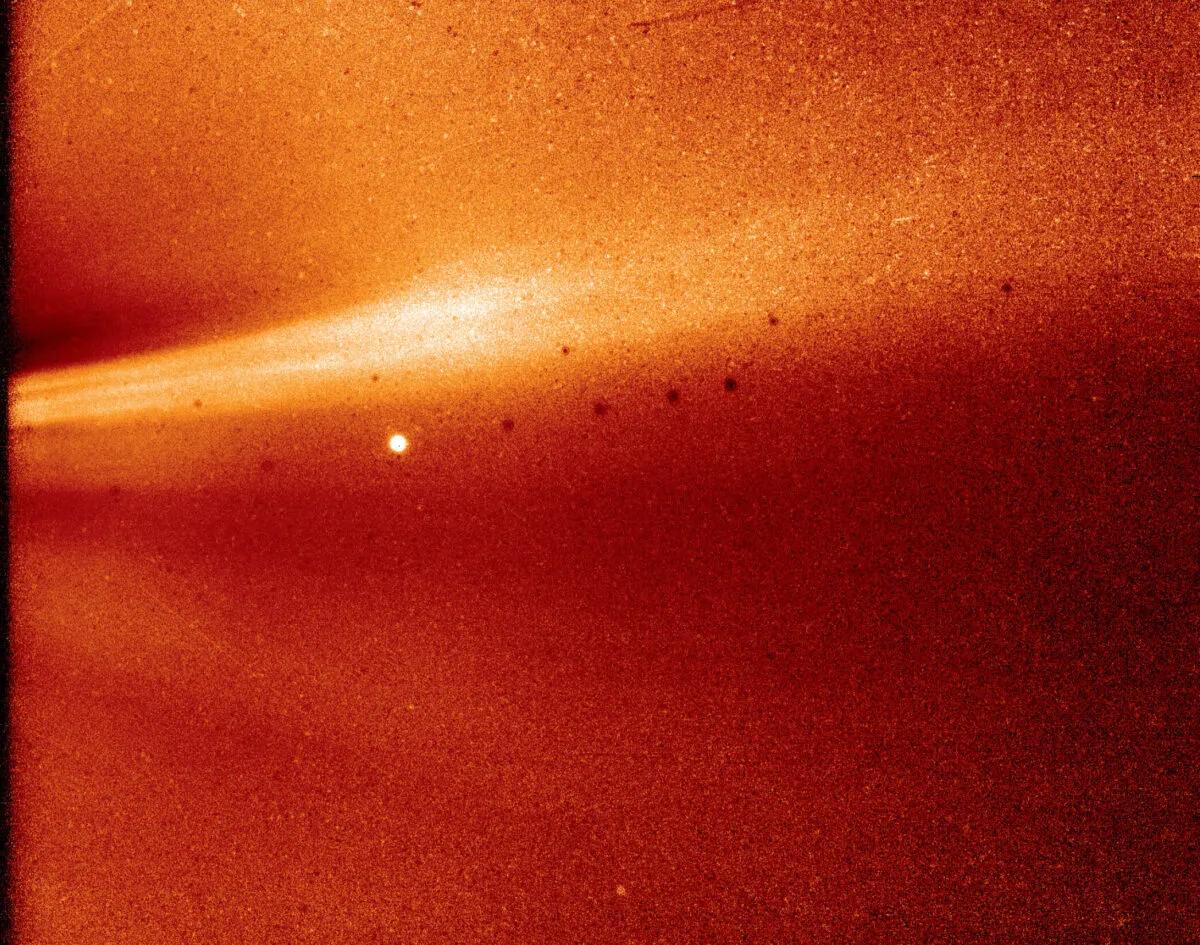
The camera in question is the Wide-field Imager for Parker Solar Probe (WISPR), which photographs the solar wind as it blows past.
These images show the patterns of bright particles known as streamers flowing throughout the corona, and helps to build a picture of what the wind looks like from within.
The extreme orbit also means that Parker can carry just three other instruments to measure the particles and magnetic field around it. But even with its limited arsenal, Parker has managed to make some intriguing discoveries.
In 2019, when it was still 34 solar radii out, Parker observed strange zig-zag paths of charged particles known as switchbacks.
"The switchbacks are a reversal of the magnetic field," says Nour Raouafi, Parker’s project scientist.
"The magnetic field will flip over itself in and out in a matter of seconds or minutes." Switchbacks were first seen by ESA’s Ulysses spacecraft in the 1990s, but now that Parker has observed them much closer in to the Sun, it has discovered they are far more common than it first appeared.
Parker was able to measure that these switchbacks are rich in helium, which can be traced back to magnetic funnels at the base of the corona.
Understanding phenomena such as switchbacks is vital to explaining one of the biggest questions surrounding the Sun that Parker hopes to answer.
While our star’s surface is measured at a balmy 5,500º C, the corona reaches temperatures of around one million degrees C and no one knows why.
One theory is that jets of fast particles, like those seen in switchbacks, could be responsible.
"There are a variety of theories," says Kelly Korreck, NASA’s Heliophysics programme scientist.
"As we get more and more data to test those theories, we get closer to figuring out switchbacks and their role in the solar wind."

Just like Solar Orbiter, Parker is still closing in on its final orbit, with two more flybys of Venus planned to help bring in its orbit so that by December 2024, it will be flying 6.2 million km from the Sun at speeds of 690,000 km per hour.
But the most exciting part of its mission will come at a time that no one will be able to predict.
"One thing we’re looking forward to is when Parker Solar Probe flies through one of the huge coronal mass ejections very close to the Sun, and tells us how the solar energetic particles are accelerated to almost the speed of light," says Raouafi.
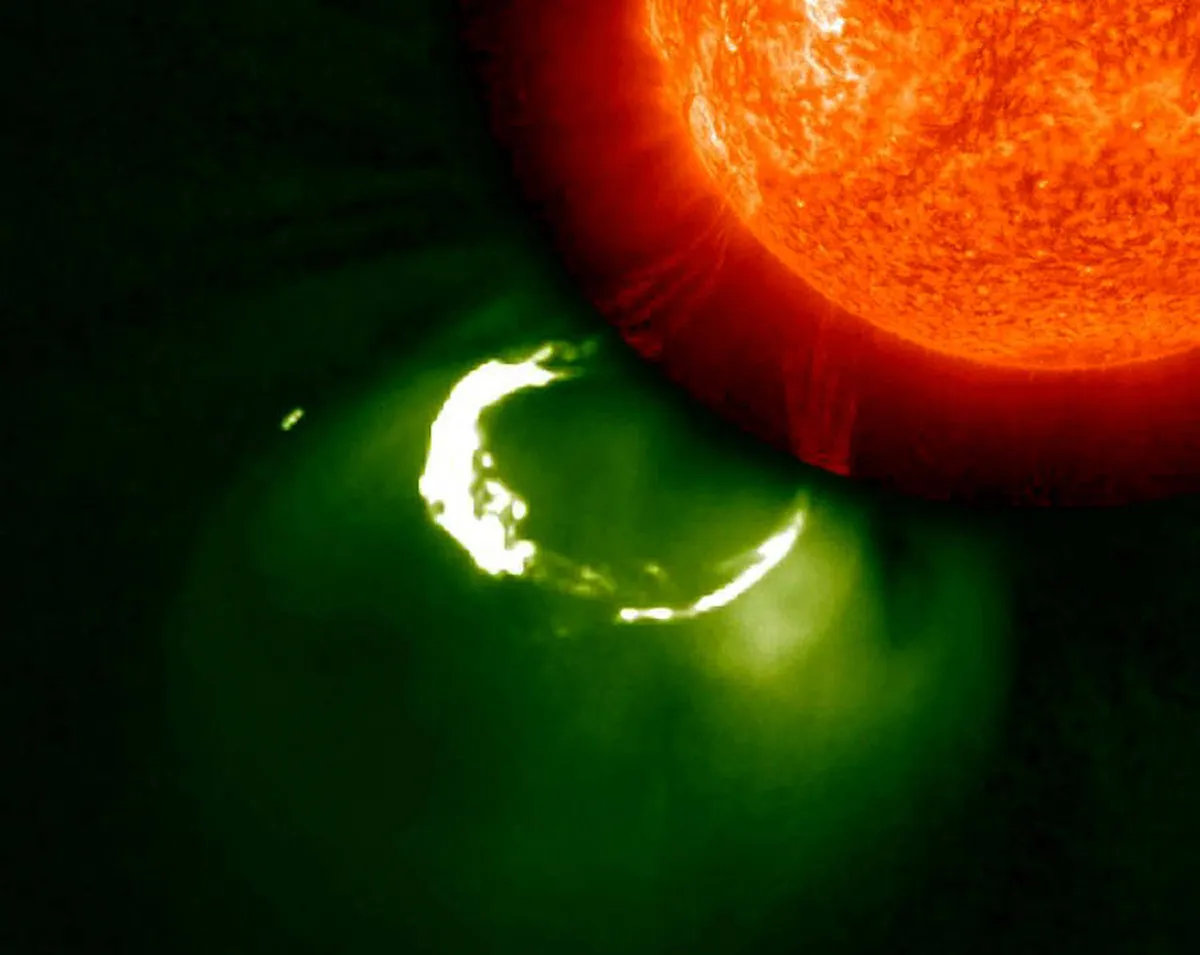
What next for Solar Orbiter and Parker Solar Probe?
The solar probes will continue their science phases as they spiral closer towards the Sun, and their return will only grow as they can now collaborate together.
While Parker takes a direct look at what is happening close to its surface, sniffing the solar wind and plasma, Solar Orbiter can take a wider look at what is going on.
At the same time, the existing solar observatories based on the ground and closer to Earth orbit will be able to look at the whole Sun, giving a global view.
There will certainly be no shortage of things to look at in the coming years, as the current solar cycle is expected to reach its maximum between November 2024 and March 2026.
With a growing number of sunspots, flares and coronal mass ejections creating a storm of space weather, all of the world’s solar observers will be watching with interest, trying to discover what makes the solar winds blow.
This article originally appeared in the July 2022 issue of BBC Sky at Night Magazine.
